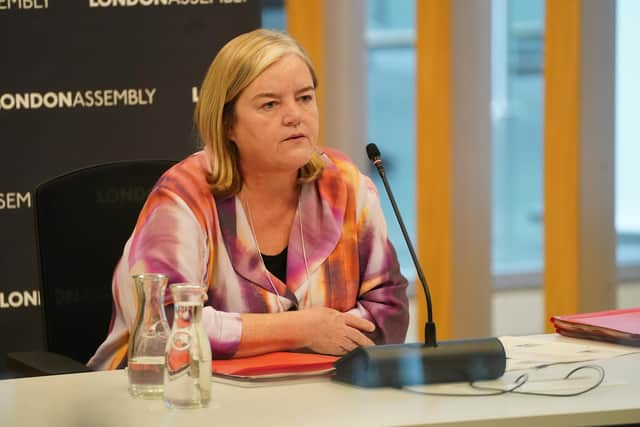Rejecting findings of institutional racism would leave the Met stuck - Dr Alan Billings
The damning conclusion was that the force was ‘institutionally racist, homophobic and misogynistic’ and what was true of London might be true elsewhere.
As I wrote at the time, the key word was not ‘racist’ or ‘homophobic’ or ‘misogynistic’ but ‘institutional’.
Advertisement
Hide AdAdvertisement
Hide AdIf the Met could not accept that finding, then it was not wholeheartedly accepting the findings of the review and was unlikely to get at the roots of the problem.


The reason Baroness Casey used the word ‘institutional’ was because she wanted the force to understand that what was wrong with the Met was a matter of culture as much as the behaviour of any individual officer – and by culture she meant ‘the way we do things’, the force’s procedures and practices.
The point here is that if, say, an unconscious racism is already embedded in ‘the way we do things’, then police officers and staff who have no racist attitudes as individuals can become complicit in procedures and practices which have some form of racist bias built into them.
They act unconsciously and, knowing that they are not ‘racist’, are puzzled when those who feel the impact of unconscious bias say so.
Advertisement
Hide AdAdvertisement
Hide AdSociologists understand this mechanism of institutional – or ‘structural’ – bias very well. It explains why a particular racial group can feel disadvantaged even though nobody holds deprecating views about them.
The classic example is the way in which a black person in New York, as distinct from a white person, found it hard to flag down a cab.
This was not because the cab driver was reacting to a potential customer’s race but because they believed the person hailing the cab was more likely to live in a deprived area (which was probably true for most black people) and they did not think they would gain another fare in those areas once the person had been dropped off.
There was discrimination, but not because of race but because of economics – it was structural.
Advertisement
Hide AdAdvertisement
Hide AdIf Baroness Casey’s finding is rejected, however, then the only racism that the organisation will look to change is the racism of individuals – which may be present in some individuals, but is not the whole story – and not forms of structural racism. And this is where the Met is stuck.
I said at the time that if the police could just accept this finding, hard though it was to hear, then it would be able to move forward with a better chance of both rooting out bias and discrimination and also convincing black and other ethnic minority groups that it was seriously seeking to change.
But the Commissioner of the Metropolitan Police could not do this and he was supported by the other chief constables, in part because they were reluctant to have the police singled out in this way when society itself was still not free of racist attitudes. They did not understand structural racism.
A shortened version of the Police and Crime Commissioner for South Yorkshire’s latest blog post.